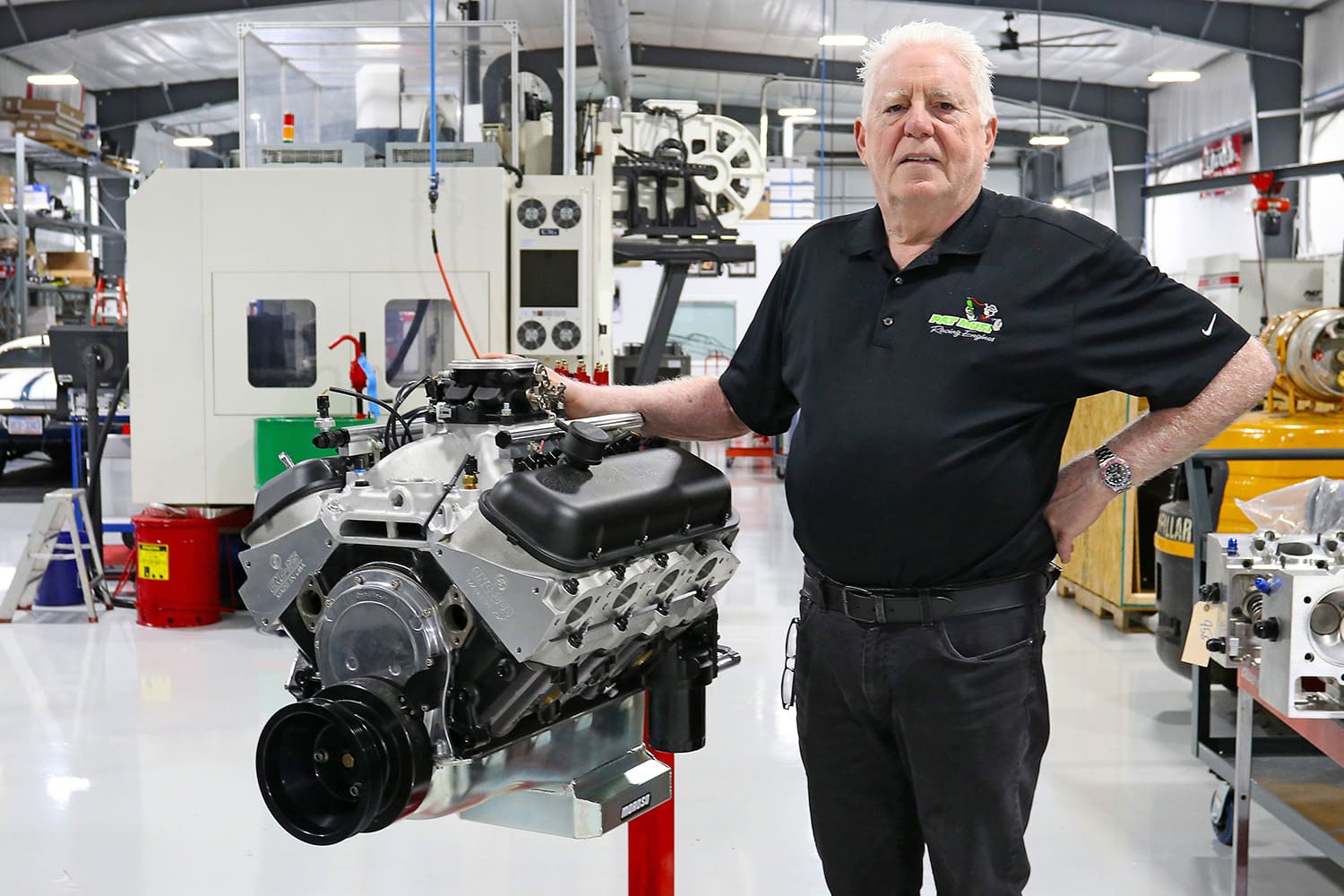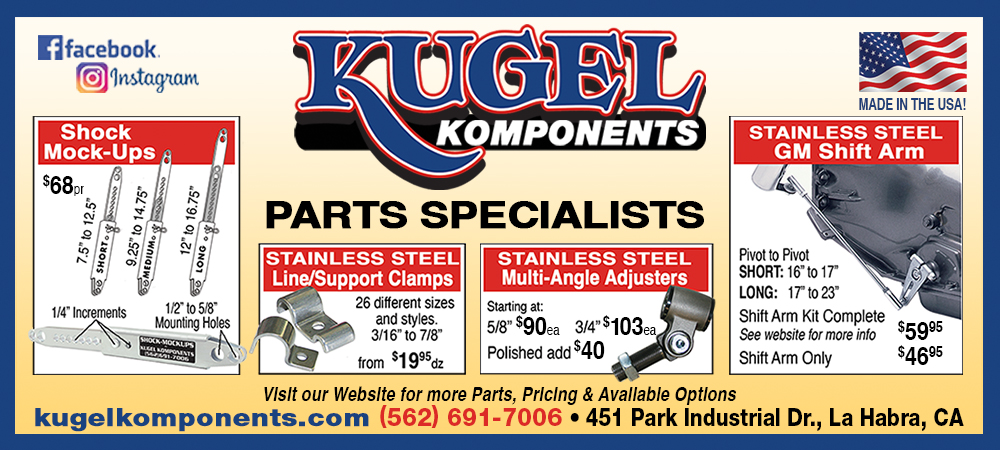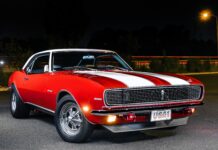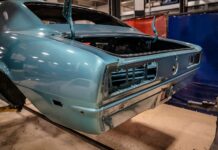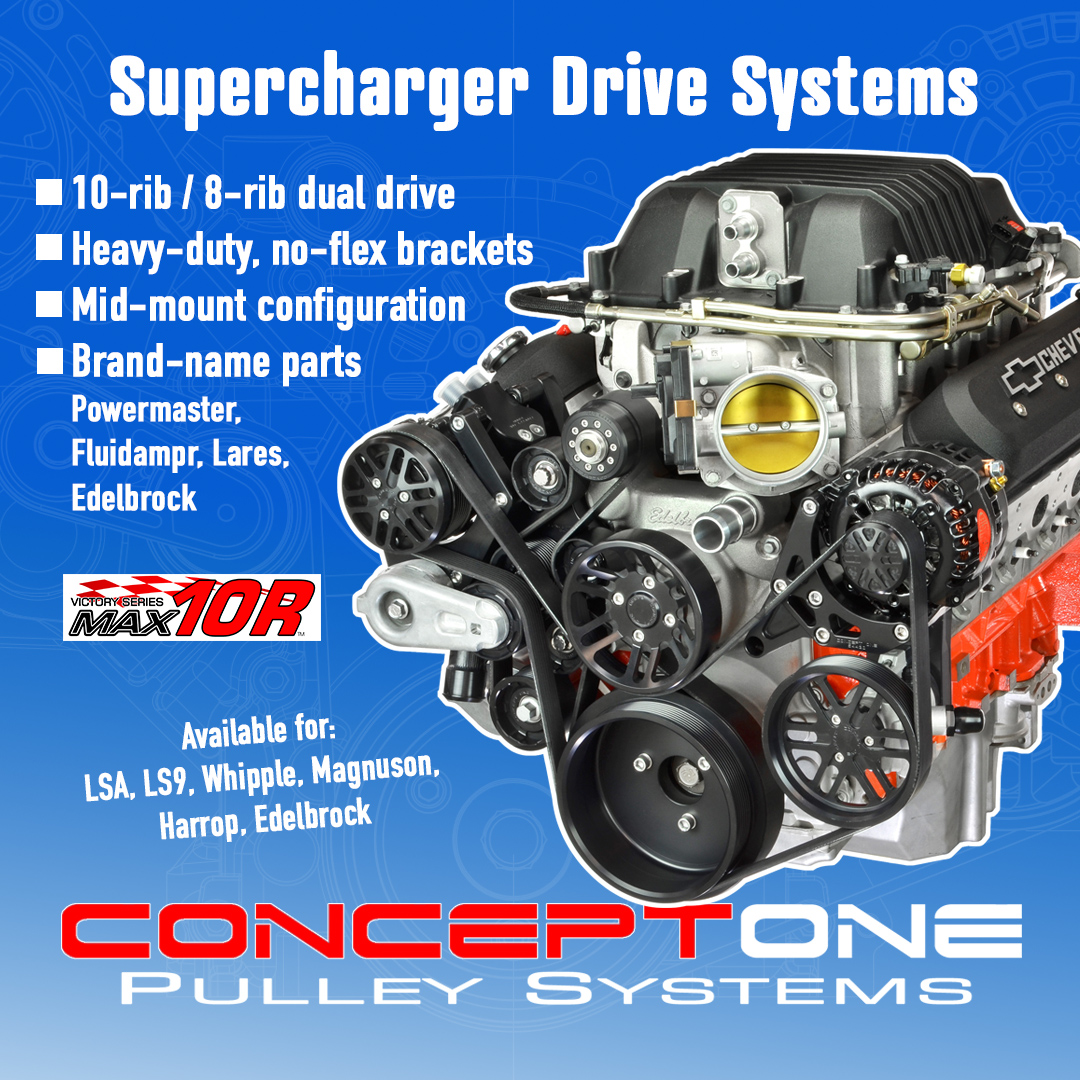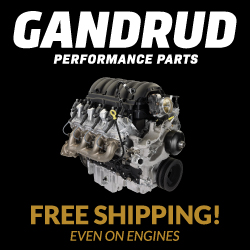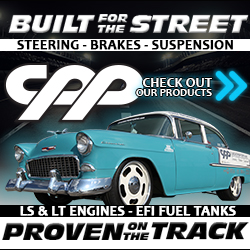By Jeff Huneycutt – Images by the Author
Pat Musi made his bones building top-flight engines for drag racing. Drivers running Musi engines have won championships in numerous classes, but the engine builder is most famous for his nitrous-huffing big-blocks.
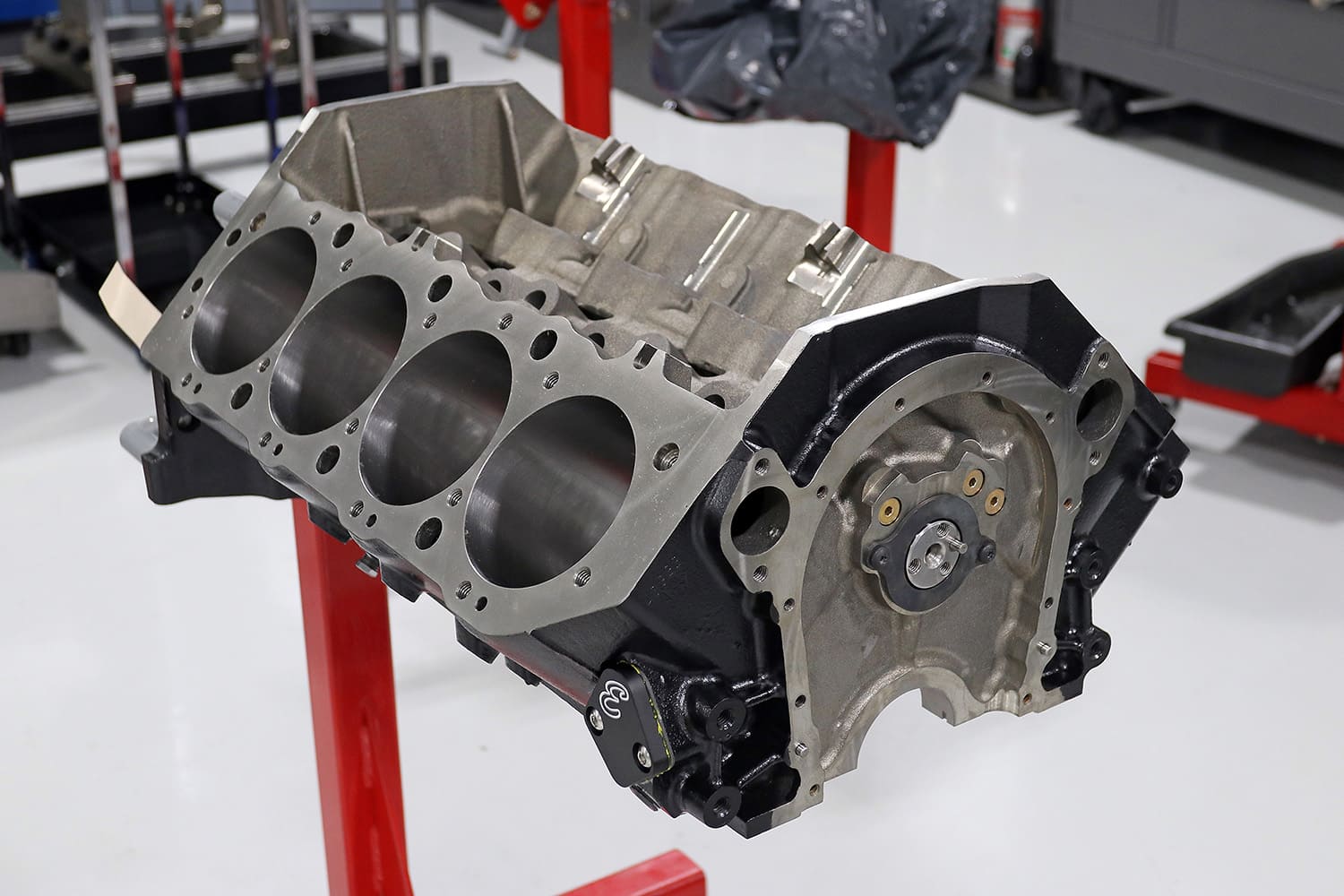
Musi has been in business since 1970, and almost exclusively building ultra-competitive competition engines the whole time. But that’s changed recently. Thanks to a partnership with Edelbrock you can now purchase a genuine Pat Musi Racing Engines big-block Chevrolet, perfect for hot street performance or even drag racing. Maybe best of all, because of the partnership, the engines can be had for a real steal. There are currently three versions, and as this went to press the lowest cost carbureted engine could be had for less than $19,000, while the most expensive EFI big-block comes in for just about $3,000 more.
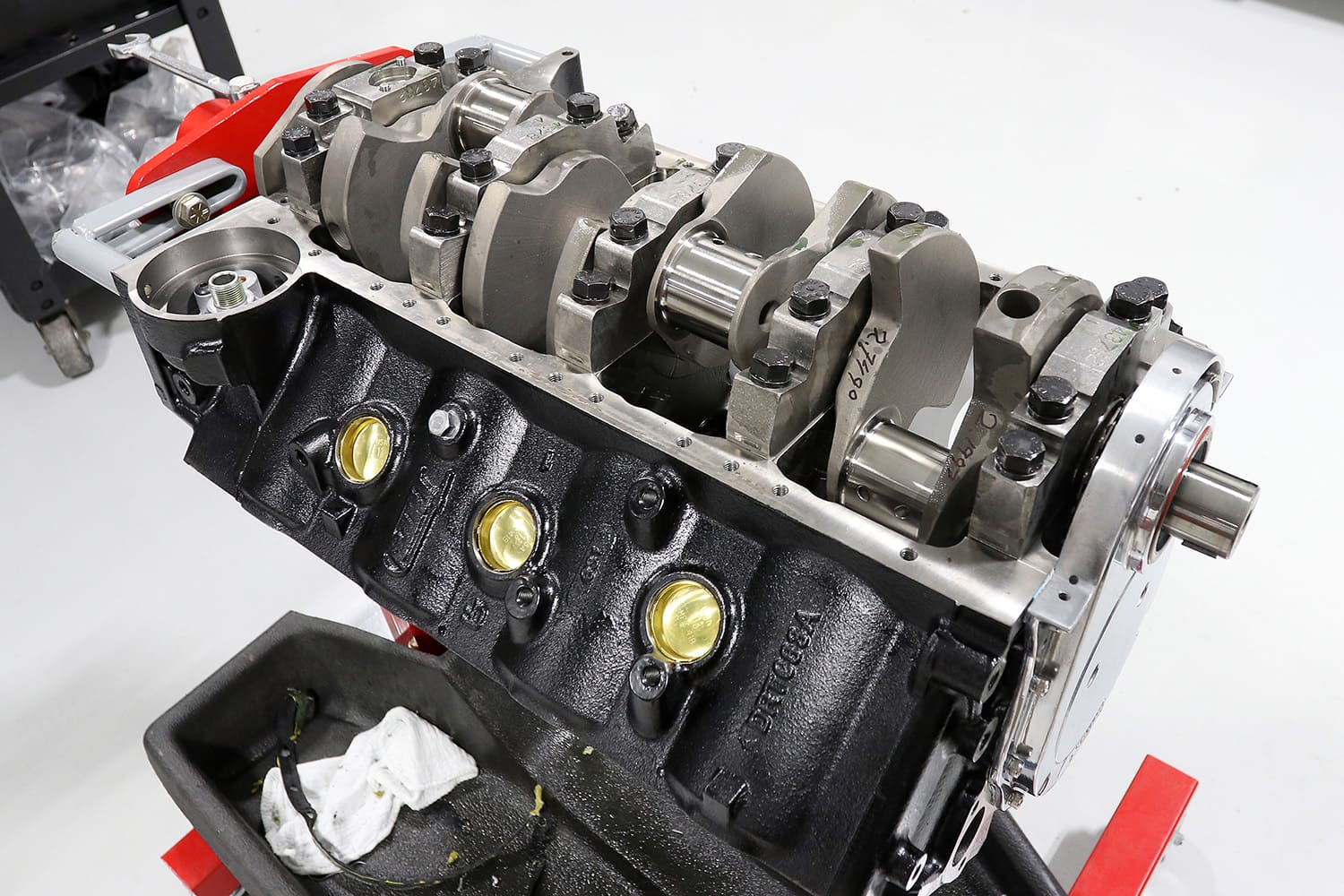
Now, that’s obviously more expensive than yanking a 5.3 out of a junkyard and throwing on an imported turbo, but we’re talking about well over 700 naturally aspirated horsepower that comes with a 24-month, unlimited mileage warranty. Plus, all the parts are aftermarket and higher quality than stock and the engines are machined and hand assembled by the same craftsmen who build Musi’s full-race engines.
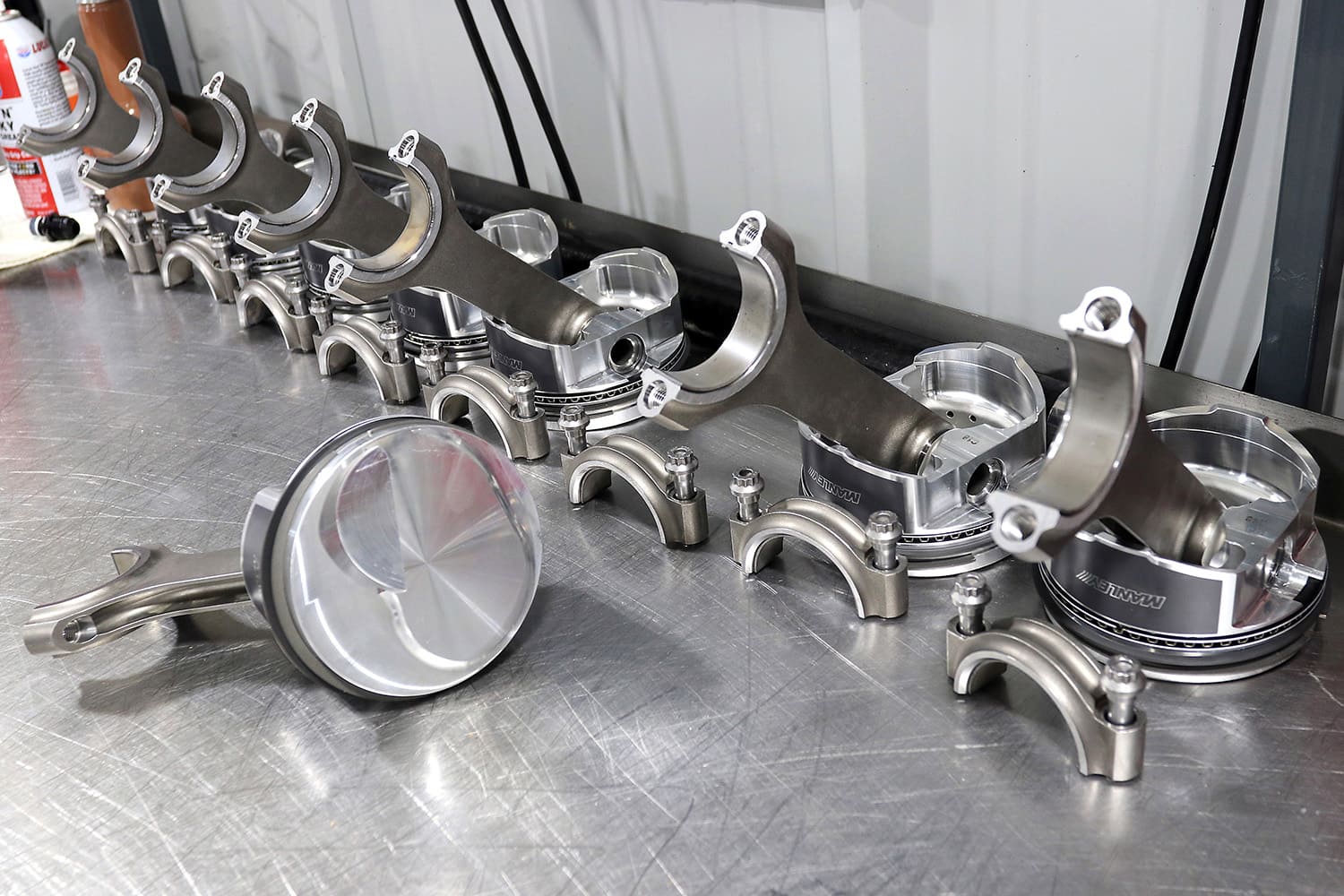
The origin of this program goes all the way back to a conversation between himself and the late Vic Edelbrock Jr. Musi says they wanted to come up with something unique, and Edelbrock Jr. asked about LS engines, which Musi quickly shot down.
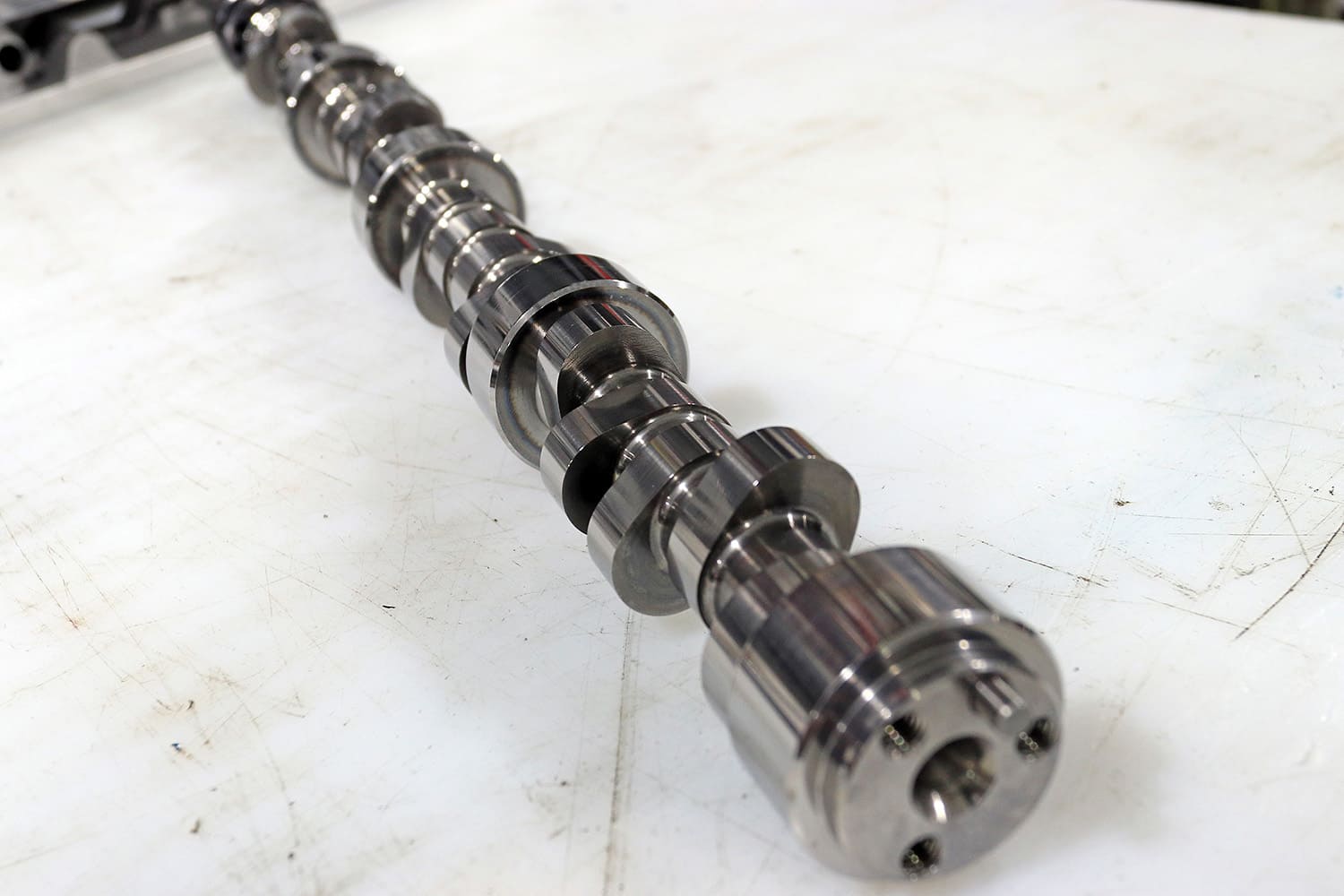
“I’m a big-block guy,” he laughs. “When I street raced back in 1969, in my hometown all the big hitters had big-blocks. If somebody came rolling in with a small-block, we’d tell him, ‘Kid, take your mother’s car back home. You’re wasting rubber, you’re wasting gas, and you’re wasting our time. Get out of here with that!’
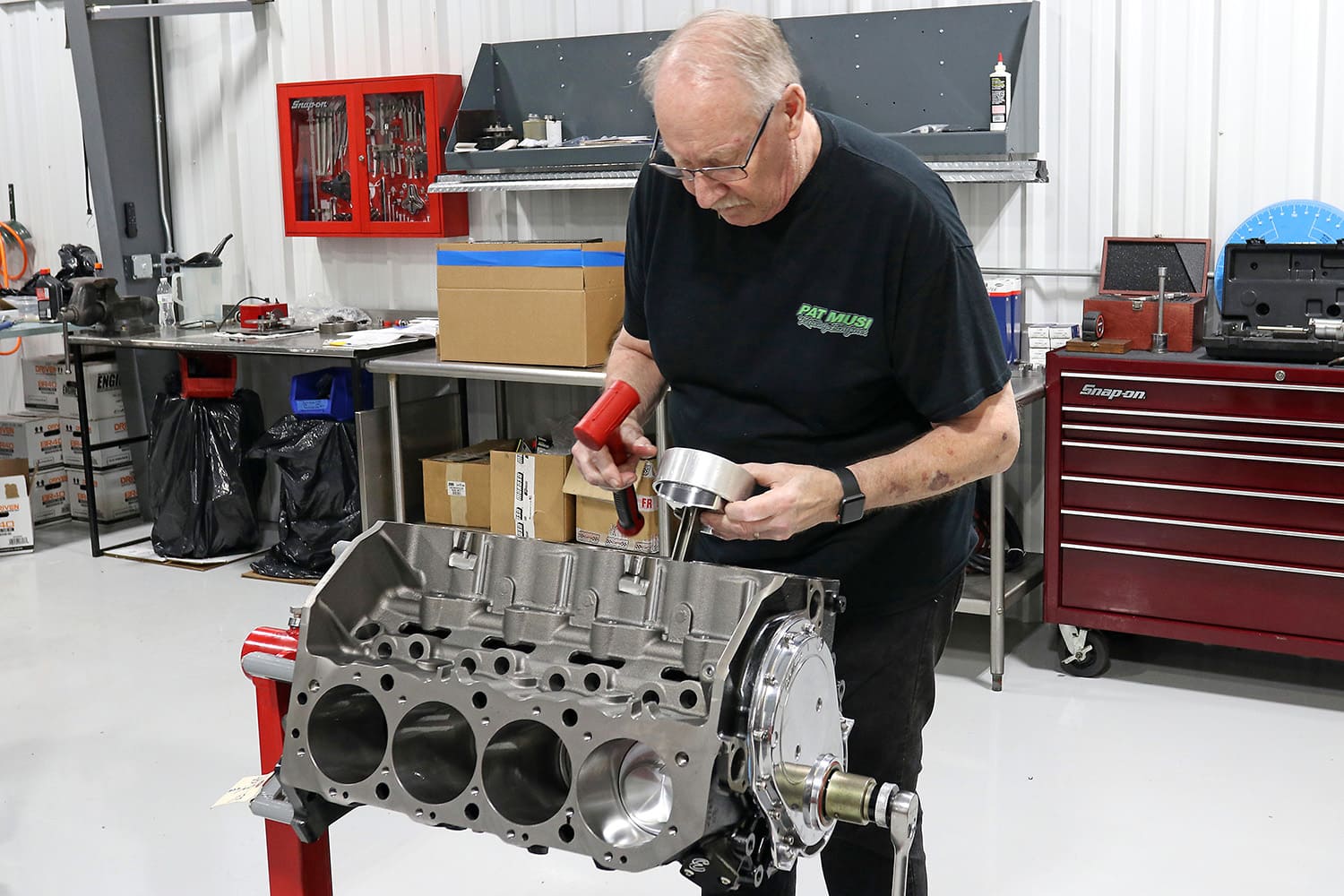
“So, I told [Edelbrock Jr.] I wanted to build a big-block. We came up with the triple nickel, a 555ci combination,” Musi tells. “[Edelbrock Jr.] wanted it to have good vacuum so you can run power brakes and he wanted all the brackets and headers to bolt right up, so if a guy already has a big-block he can just drop this one right in without having to buy a bunch of other stuff. So, we set out to do exactly that.”

Musi and Edelbrock’s partnership has been producing engines for a few years now and they are gaining steam in the market. Currently, there are three versions. The only difference between the three is the induction system. There is one carbureted version that utilizes an 800-cfm Edelbrock AVS2 carb with an electric choke. Then there are two more fuel-injected versions. One uses a Pro-Flo 4 EFI setup with a four-barrel throttle body and a single-plane intake manifold. This option works well if you want the convenience of EFI while still being able to run a carburetor-style air filter to maintain an old-school look. The third comes outfitted with Edelbrock’s Pro-Flo 4 XT intake with a modern front-breather intake and 90mm throttle body.

Because the long-blocks for all three versions are the same, Musi tries to always keep multiple long-blocks on hand. Then, when a customer places an order, they can finish it off with the intake system preferred and any other custom touches requested. For example, while we were there, engine builders were installing a really nice Billet Specialties accessory drive system to spin up the alternator and power steering pump.
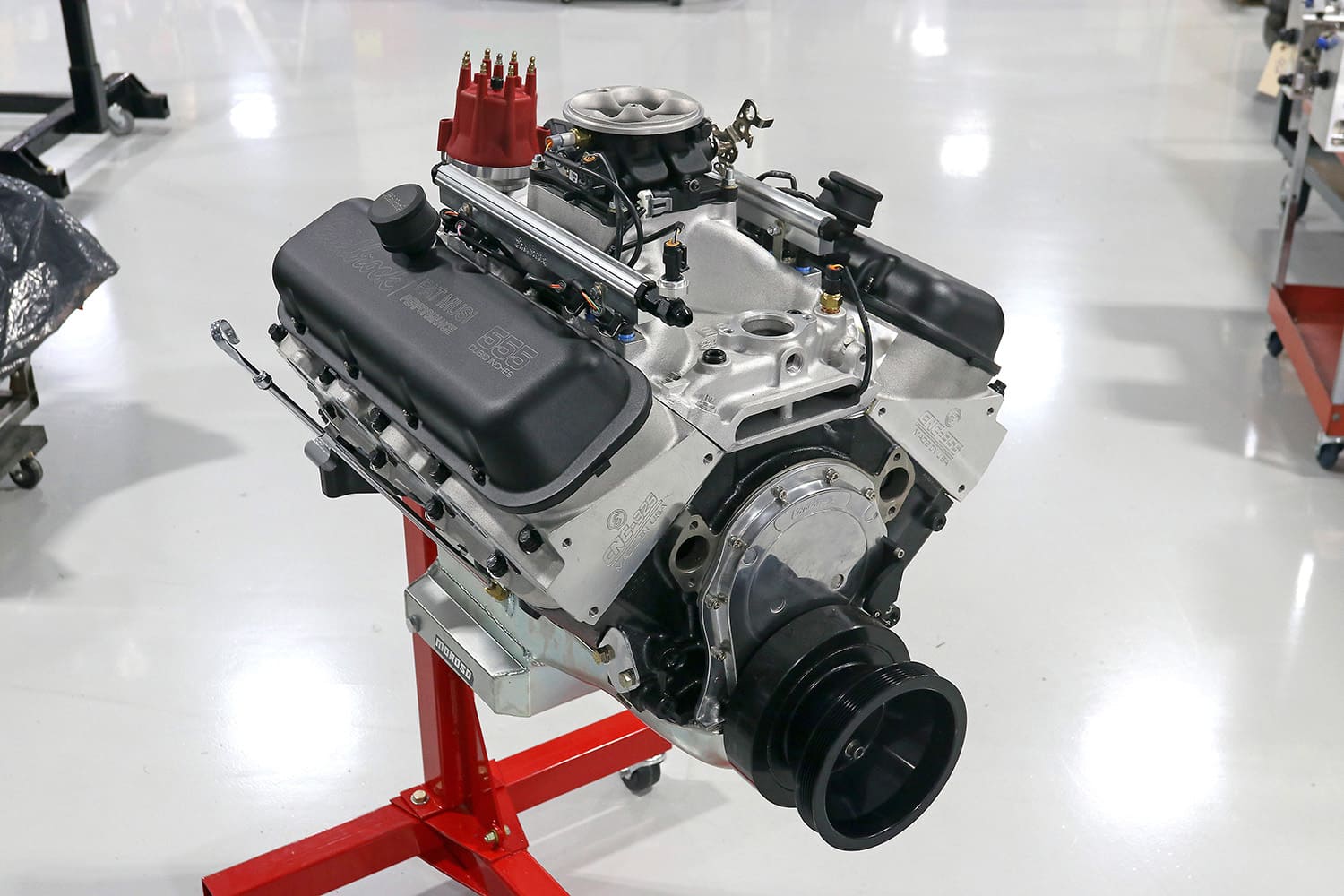
Edelbrock advertises these engines with peaks of 676 hp and 469 lb-ft of torque for the carbureted version, 697/643 for the four-barrel throttle body, and all the way up to 723/652 for the tunnel ram-style Pro-Flo 4 XT. But we suspect that those numbers may even be a little low. Musi showed us a recent dyno sheet where a fuel-injected 555 made 727.1 hp and a whopping 705.7 lb-ft of torque! Plus, it’s worth noting that those numbers were all made while burning pump gas.
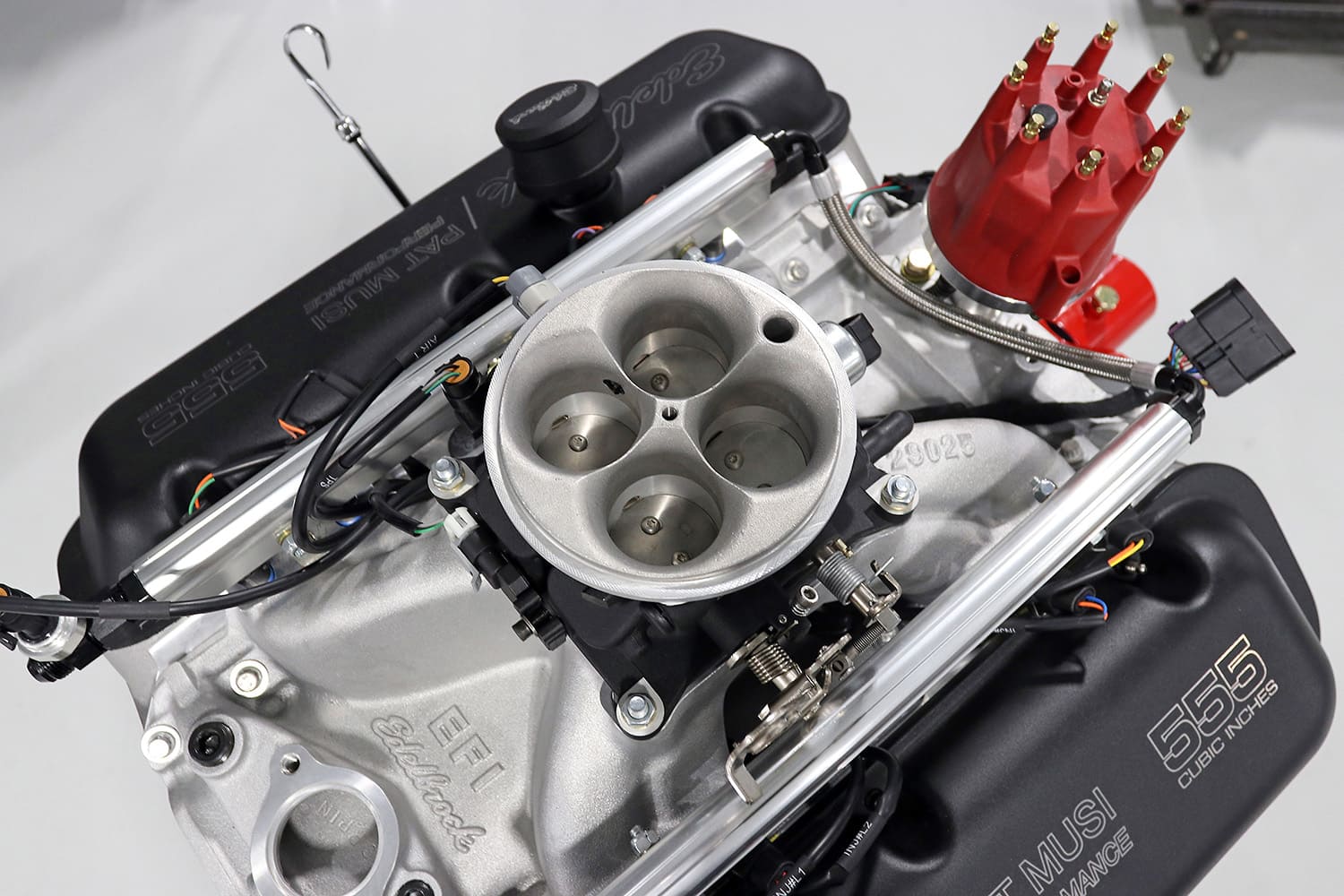
One great tip that Musi stressed is that while you can order one of these big cubic-inch engines directly from Edelbrock with no more hassle than buying an intake manifold, there is much more support available if you need it. Musi’s brother Ralph is a one-man tech department at Musi Racing Engines and available via phone to help anyone with questions they may have when considering a triple nickel purchase—and even questions they may have after the purchase. This covers everything from choosing the ideal intake system, making sure your fuel pump can support the injectors, to dialing in the rear gear ratio that best complements your engine’s powerband.
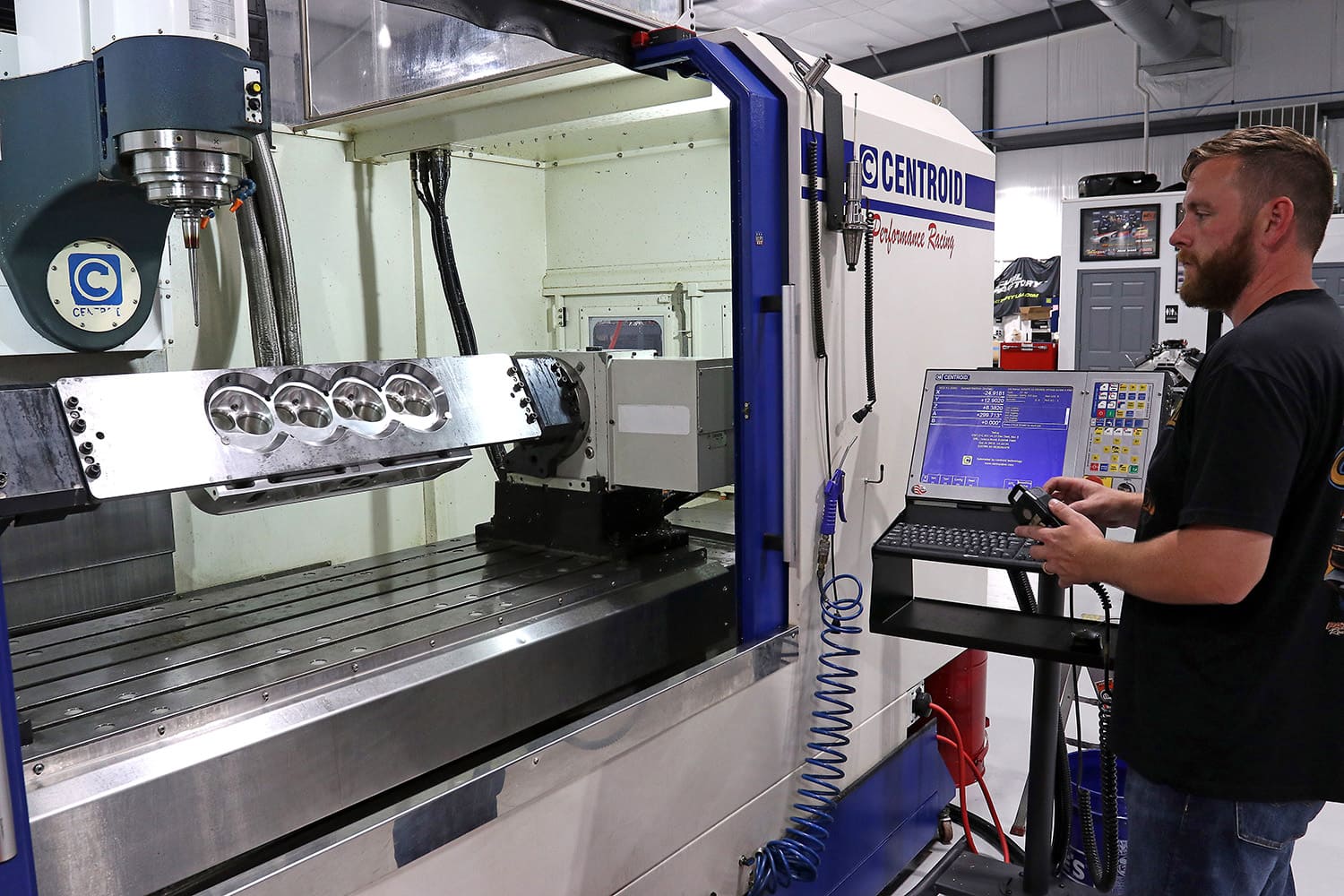
“They’re great engines,” Ralph Musi says. “We want people to get the most out of them and enjoy them.” With over 725 hp on tap with pump gas, there’s going to be a lot of enjoyment to be had. “Plus,” Ralph, an old-school racer himself, adds with a laugh, “There’s not a single metric bolt on the whole thing!”
Check out this story in our digital edition here.
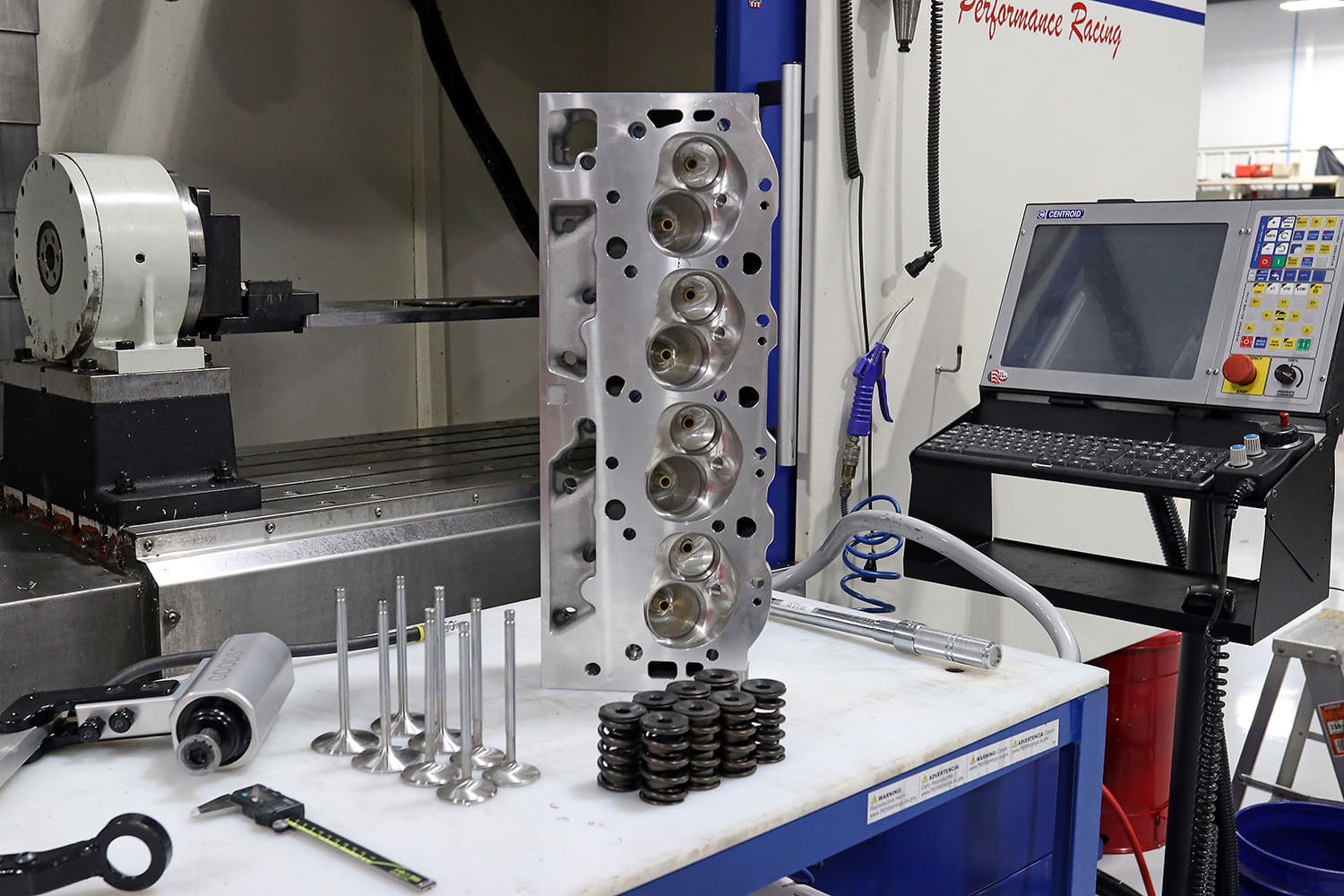

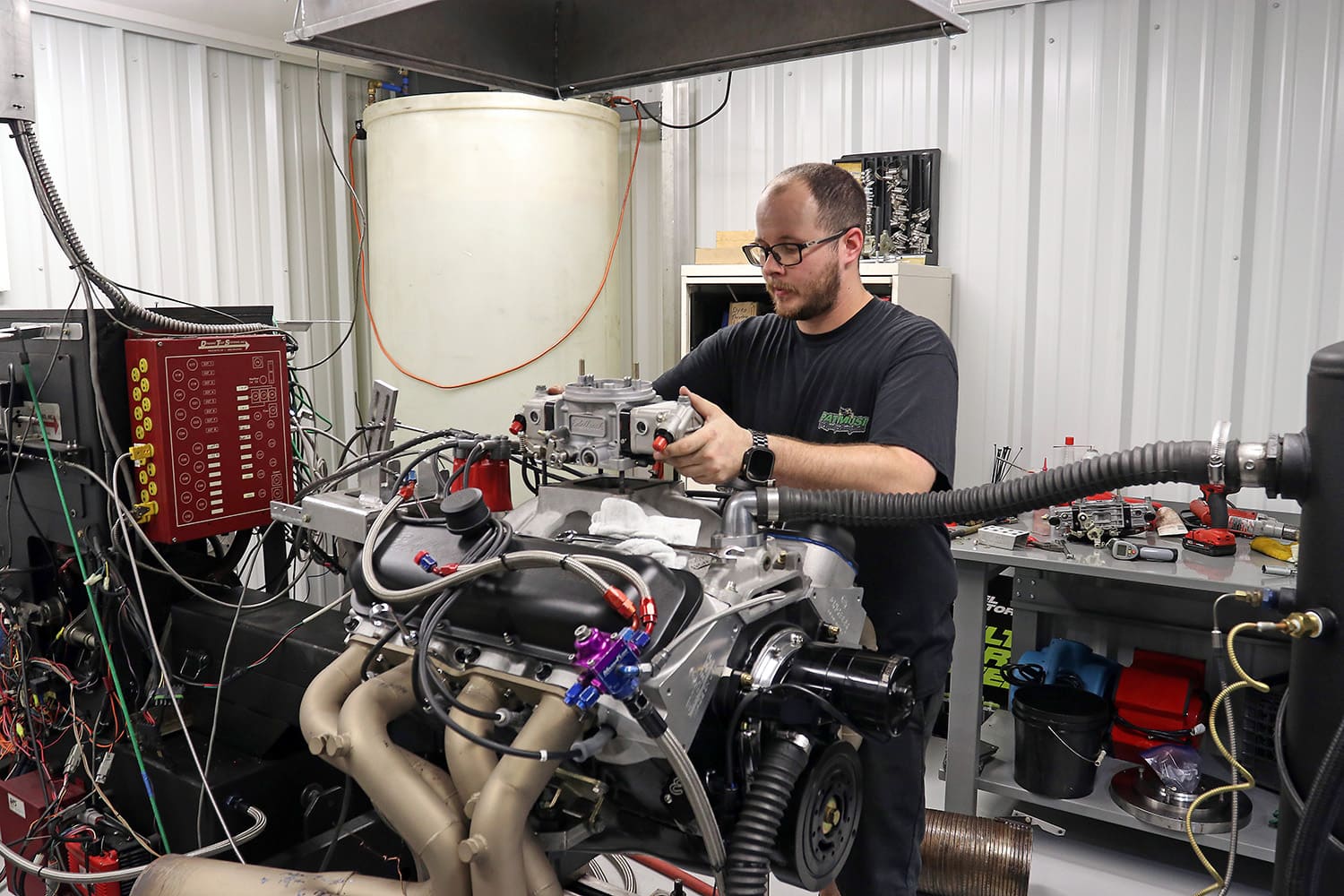

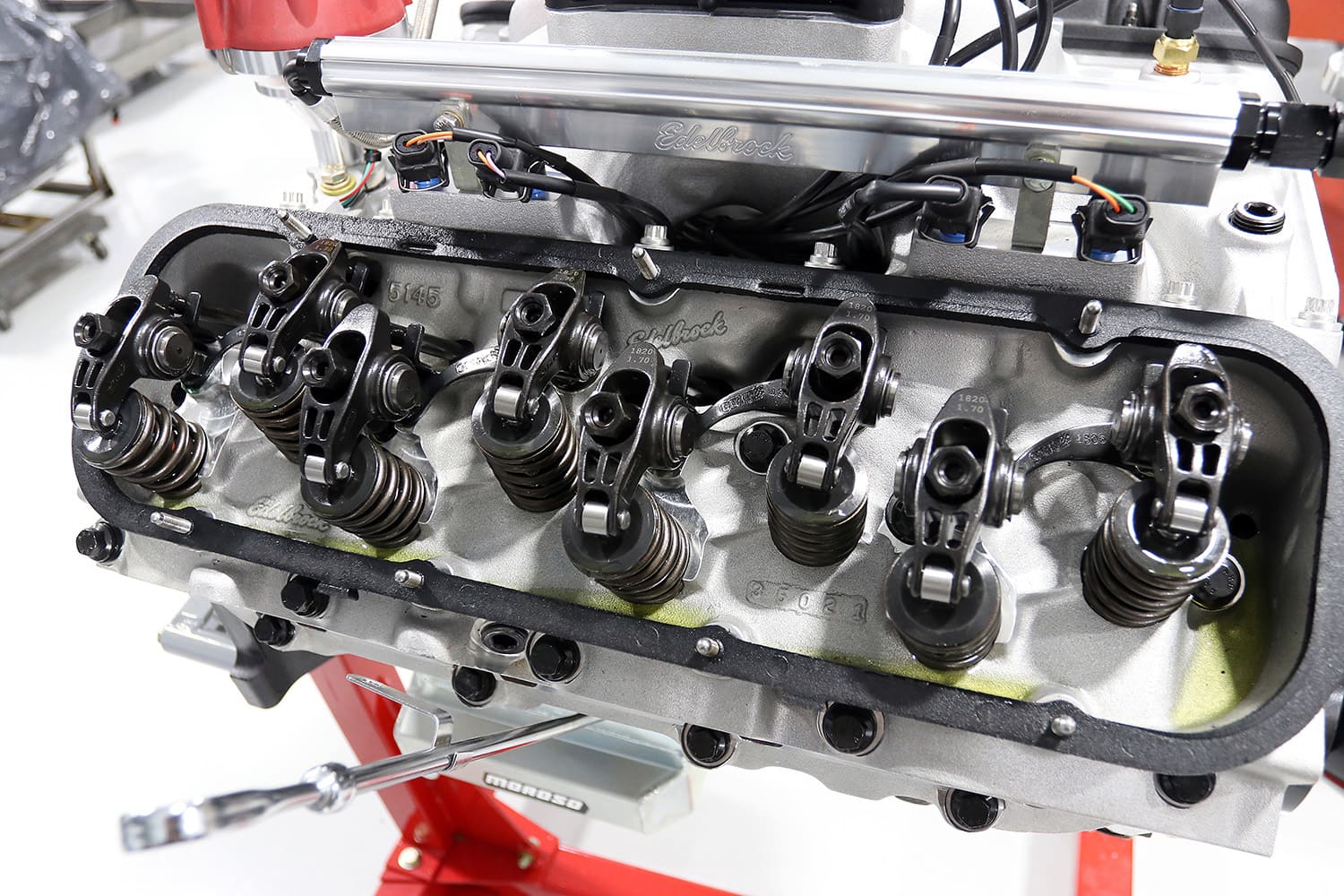

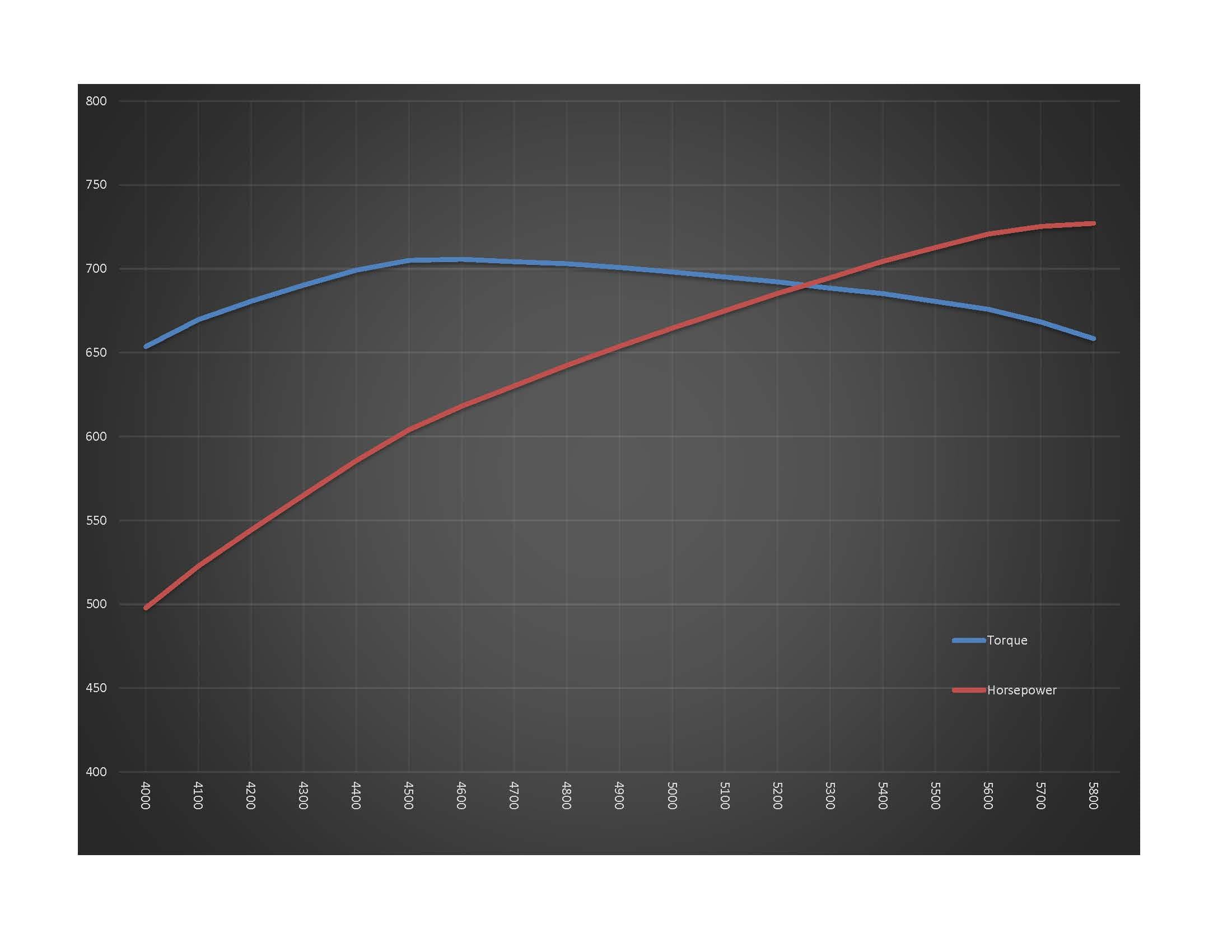
Sources
Edelbrock
(800) 999-0853
edelbrock.com
Pat Musi Racing Engines
(704) 664-7051
musiracing.com











